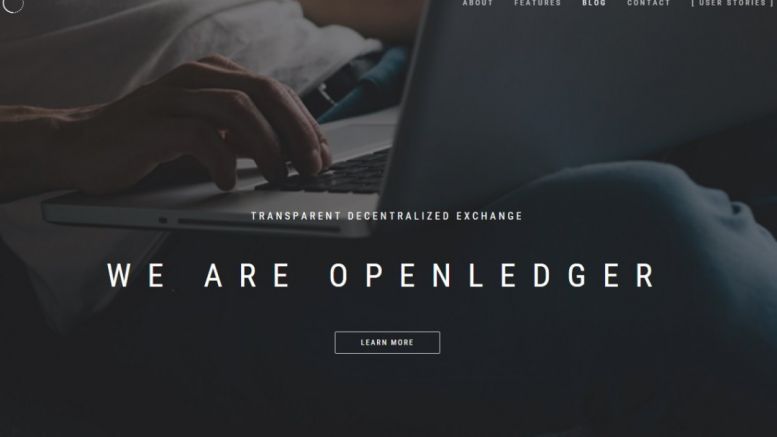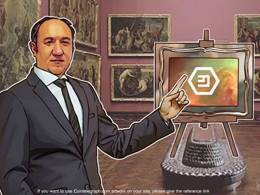
Create Cryptocurrencies Backed With Real-World Collateral on Decentralized OpenLedger Blockchain
The possibilities for innovation are near limitless with OpenLedger offering the option for each and every user to add their own Coin by creating simple IOU’s, SmartCoins that are backed with real-world collateral and/or deploy their own graphene-powered blockchain.
Perhaps it’s time for a quick introduction to OpenLedger, the first decentralized exchange offering fiat gateway with USD, EUR and CNY, a bridge to bitcoin itself as well as numerous altcoins like DOGE, DASH, Peercoin, Litecoin, NuBits, NuShares, BlockShares, Emercoin and coming up Ethereum, Factom and more. These are all offered via the registrar of OpenLedger CCEDK, but could just as well be created by the users themselves.
Adding a Coin to OpenLedger:
Anyone can use OpenLedger for their own crypto currency. Due to the power of the underlying Graphene real-time blockchain technology, we are able to offer users three options, each with their own unique feature set.
- Create a new currency as User Issued Asset.
- Create a Market Pegged Asset for their coin.
- Deploy their own real-time blockchain together with OpenLedger
Create a new currency as User Issued Asset:
The most convenient way to create a cryptocurrency is by simply creating, selling and trading a so called User Issued Asset (UIA). All users need to do is click a few buttons, define their preferred parameters for the coin, such as supply, precision, symbol, description and see their coin’s birth after only a few seconds. From that point on, they can issue some of their coins to whomever they want, sell them and see them instantly traded against any other existing coin on OpenLedger.
An example of user issued asset is the revenue generating asset of OpenLedger decentralized platform called OBITS.
Coin creators don’t need to take care of all the technical details of blockchain technology, such as distributed consensus algorithms, blockchain development or integration. Users do not even need to run any mining equipment or servers, at all.
There is a drawback in this scenario, namely, a centralized issuance of new Tokens. To some extent, this could be managed by a hierarchical multi-signature issuer account that prevents any single entity from issuing new coins but instead requires a consensus among an arbitrary set of people to agree on any changes to the coin.
Create a Market Pegged Asset:
It is also possible to create a Market Pegged Asset (MPA) and let the market deal with demand and supply. All we need is a fair price and another asset that can be used as collateral.
Since the issuer of a MPA has no control over the supply, the blockchain protocol deals with increasing and decreasing supply. In order for a user to get some of the new coins, he will need to put collateral into a smart contract (technically, this contract is a contract for difference).
A simple example would be an MPA that is backed by USD (a stable crypto currency within OpenLedger) that requires a collateral ratio of 200%. Then, in order to get new coin, we can borrow 100 USD worth of new coins by paying 200 USD.
Deploy a real-time blockchain together with OpenLedger:
If none of the above points satisfy a users needs, they can also deploy their own graphene-based real-time blockchain instantaneously and we would be glad to help them integrate with OpenLedger’s infrastructure on their own blockchain.
Running their own possibly private blockchain has the advantage that users can tune every single parameter to their liking and have it fit their needs perfectly without discussion with other shareholders.
Getting Started on OpenLedger
To view the OpenLedger tutorial video, explaining how anyone can issue their own currency on the platform, please go to: https://youtu.be/ttN0flPsnBc
For more information please go to: https://openledger.info/
To view an introduction video about OpenLedger decentralised smart trading please go to: https://youtu.be/h44H_Sy7Pf4
City and Country Location: Blokhus, Denmark
Related News





